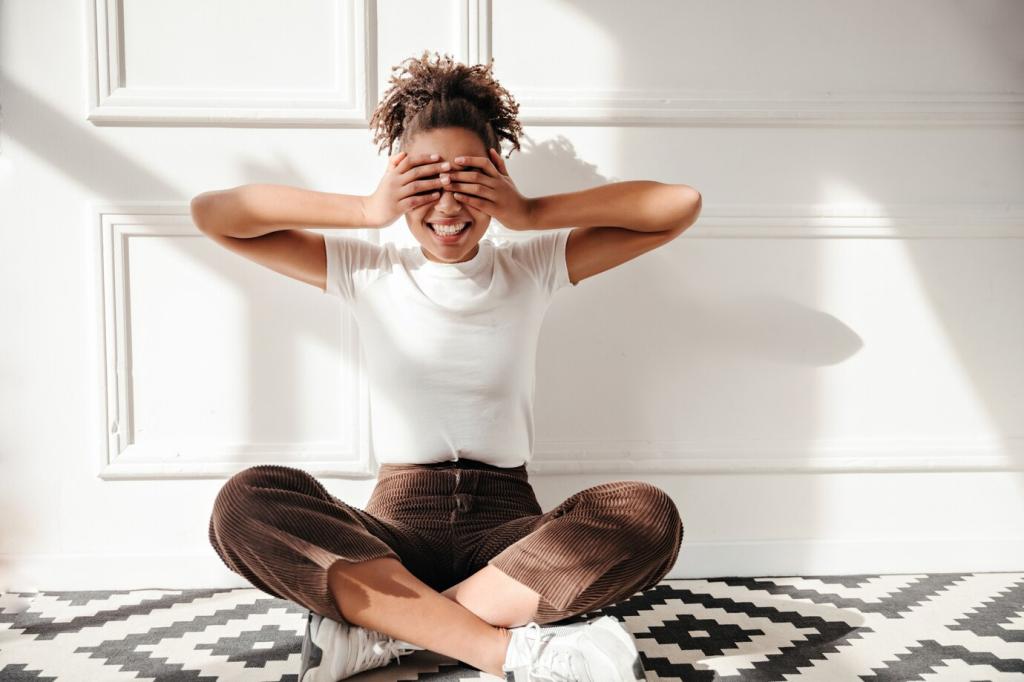Designing Your Inner Sanctuary Scene
Choose a temperature, a subtle scent, and ambient sounds that whisper calm—maybe pine after rain, distant waves, or wind through grass. Add textures your skin knows, like cool stone or soft linen. Post your sensory trio to inspire another reader’s sanctuary.
Designing Your Inner Sanctuary Scene
Invite objects that carry comfort: a worn book, a smooth pebble, a steaming mug. Let each object represent something—stability, warmth, belonging. Meaningful symbols deepen emotional resonance during visualization. Share a photo or description of one object that feels like home.







